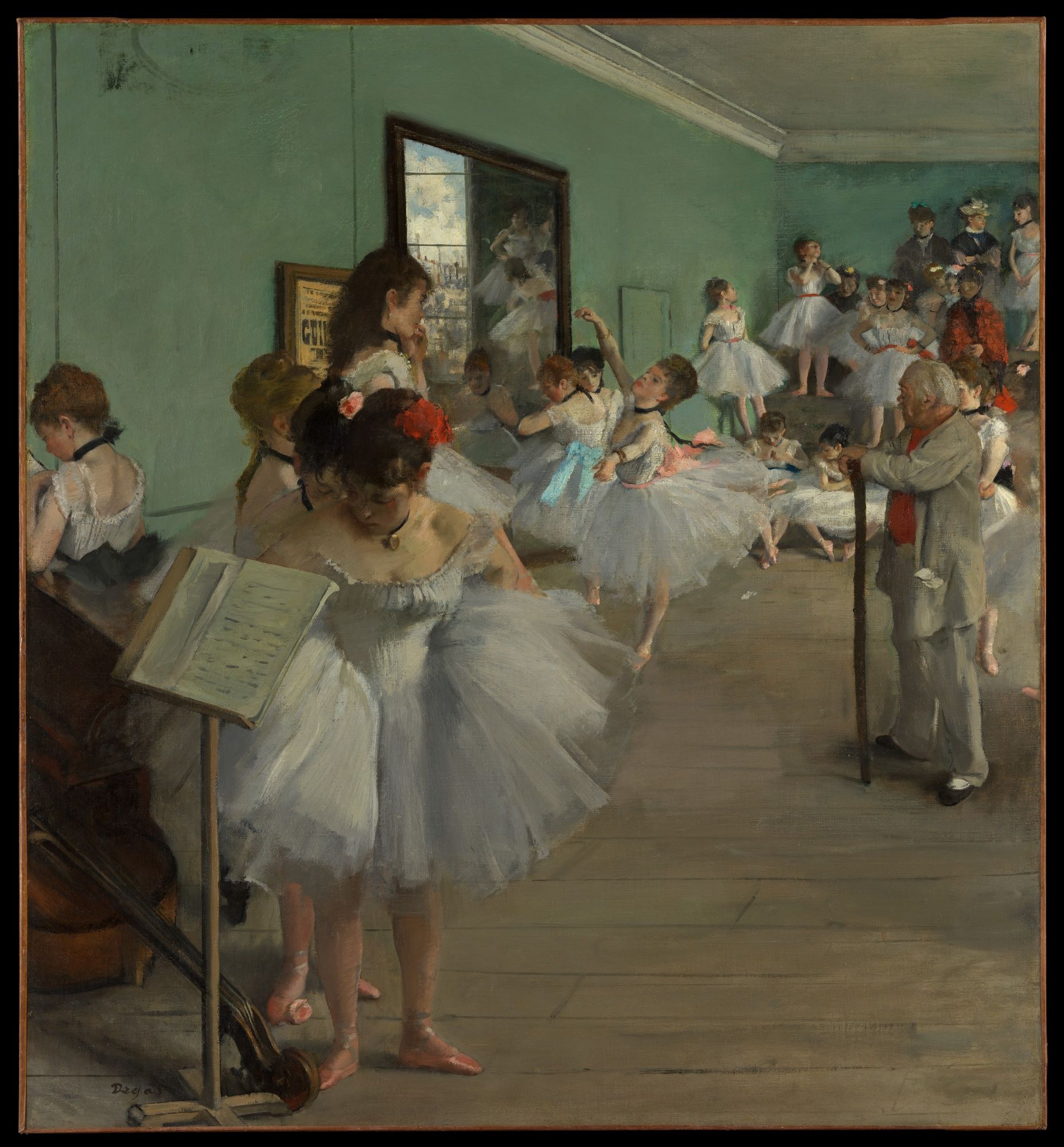people » Jules Perrot
Jules Perrot (1810-1892). French dancer, choreographer and ballet master
Jules Perrot was the choreographer who epitomised the Romantic ideals of his generation in his choreography. He trained with Auguste Vestris and Salvatore Vigano, the great teachers of the age, and became an excellent dancer. His first professional engagement was in 1823 at the Théâtre de la Gaîté in Paris. By 1830 he was dancing at the Paris Opéra and regularly partnering the ballerina Marie Taglioni. Although not particularly good looking, his public adored him.
Perrot began travelling and working in the great opera house of Europe. While in Naples he embarked on a very successful relationship, both professional and personal, with the ballerina Carlotta Grisi. She accepted a contract at the Paris Opéra and whilst she was there, over a matter of weeks in 1841, Perrot choreographed Giselle alongside Jean Coralli, the ballet that was to become one of the touchstones by which ballerinas of successive generations are judged. The title role makes great demands on the dramatic powers of the dancer, and its success is mainly due to the delicate balance maintained between the dance and drama and by the contrast achieved between the simple human tragedy of Act I and the supernatural drama of Act II.
Perrot arranged the dances for Grisi, working closely with her and the composer, Adolphe Adam. Giselle is also famous for the introduction of various leitmotiven in the score, a leitmotif being the association of a particular musical theme or phrase with a certain character, feeling or incident. For example, Adam introduces the theme music for the Wilis in Act I when Berthe, Giselle’s mother, warns her of the dangers of dancing to excess. This is repeated at the end of Act I in the ‘mad’ scene and in Act II to announce the entrance of the Wilis.
Following disagreements in Paris, Perrot and Grisi spent six years at Her Majesty’s Theatre in London, creating a stream of successful ballets. These included Ondine (1843), La Esmeralda (1844) and The Judgement of Paris (1846), and culminating with the Pas de Quatre for Grisi herself and three other extraordinary dancers from this star-studded epoch: Taglioni, Fanny Cerrito and Lucile Grahn. Elusive and haunting, they embodied all the characteristics of the romantic heroine.
Perrot followed London by working for 12 years as a dancer and choreographer at the Imperial Theatre in St Petersburg. He was eventually overshadowed by Marius Petipa, who later replaced him. Petipa (whose brother Lucien had been the original Albrecht in Giselle) was obviously inspired by Perrot and re-worked Giselle to ensure its survival. By 1860 Perrot was back at the Paris Opéra where he continued to give classes, as can be seen in a number of paintings by Edgar Degas showing him at work in the ballet studio.

